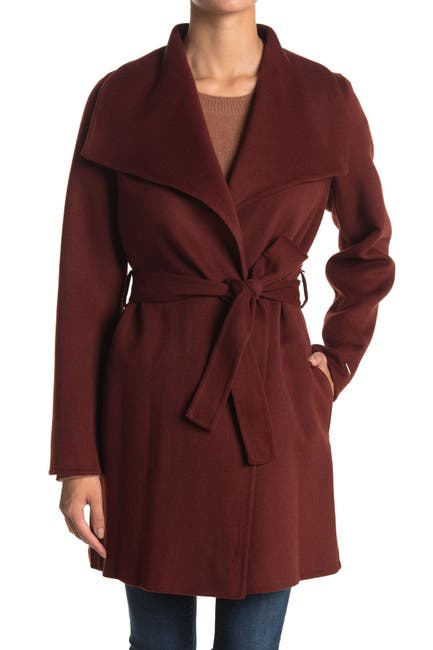Canada Goose Chelsea Slim Fit Down Parka with Genuine Coyote Fur Trim
A trim-fitting cold-weather parka features a rugged water-resistant shell that stands the test of time, while a superior 625-fill-power down blend offers incomparable warmth when temperatures plummet. A sumptuous coyote fur ruff tops off the minimal hip-length design.
A trim-fitting cold-weather parka features a rugged water-resistant shell that stands the test of time, while a superior 625-fill-power down blend offers incomparable warmth when temperatures plummet. A sumptuous coyote fur ruff tops off the minimal hip-length design.
- 27″ length (size Medium).
- Hidden two-way front-zip closure.
- Zip-off adjustable hood.
- Long sleeves with inset rib-knit storm cuffs help keep hands warm and seal out wind.
- Front zip-welt pockets; interior zip-welt pocket.
- Interior shoulder straps.
- Interior drawstring waist.
- Water-resistant.
- Rated for temperatures to -4 F (-20 C).
- Nylon lining with 625-fill power duck down insulation: 80% down, 20% feather fill.
- 85% polyester, 15% cotton with genuine coyote fur (USA or Canada) trim.
- Dry clean.
- By Canada Goose; made in Canada.
- Coats.
- Canada Goose product number: 3804L.
- Item #1193248
Additional information
| SIZE INFO | The Slim fit from Canada Goose fits close to the body to maximize mobility and maintain core warmth. |
|---|






by Jill
Love this jacket. I’m 5’4, 140 lbs. ordered medium, fits perfect. Only problem is that I live in Houston and this is for places that actually get cold. I didn’t realize how thick it was when I bought it. If you live in colder climates, this is a perfect buy!
by Blair
I know everyone is all about the long parka I got this length because I wanna wear it without it being below freezing cold. Long parka has that look that only allows you to wear it when it below freezing or you look stupid. The features of all Canada goose are just mind blowing.
by Lindsey
5’2, 127 pounds, usually a size 4/27/Small. I ordered a Medium though because I like a looser fit. So glad I did, because it is still very fitted and a Small wouldn’t have zipped. So I disagree with the size chart, go up if in between sizes!
by Garrell
I didn’t want to spend this much money on a coat but my daughter really really wanted it. I must say, it fits her beautifully and is stunning. I bought the size small, she is 5’3 110 lbs It is very well made and I expect it should last her for many years to come. Overall, a great purchase and a happy girl The only negative is the purchase price. I would rather buy 1 quality item than 10 things that will fall apart.
by Karen
I love this coat. I live in Alaska and need a warm, waterproof coat for outdoor winter activities. It’s very warm, and the hood is adjustable and it stays where I want it. The fur ruff flips under so it doesn’t get wet. The coat runs small. I ordered one size up, and it fits great. I cut off the inside straps. They were uncomfortable. It’s perfect now, and I hope to have this coat for many years.